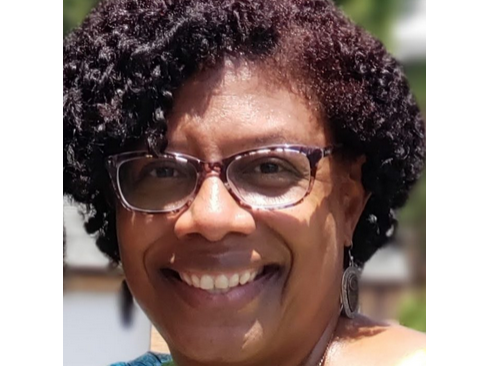During the past year, in our work as screening and assessment specialists at the Institute, we learned about a formative assessment framework called learning stories. This approach emphasizes the value of noticing, observing, reflecting on, and responding to children’s strengths as they interact in the world. Embedded in this framework is the notion that families and educators can make connections across contexts to support the child’s learning. They create narratives–called learning stories–which are directed to the child and in which one describes a meaningful moment of the child’s development. Everyone, including the child, is invited to participate in a journey of reflection.
In learning more about this framework, we were able to connect with experts across the local and international early childhood community. We delved into Margaret Carr and Wendy Lee’s work, particularly the book Learning Stories in Practice (Lee & Carr, 2019). We also found out that the learning stories approach has been gaining traction in the United States, especially in California where learning stories were introduced to Head Start programs following Dr. Annie White’s work on narrative assessment (more information here).
As early childhood professionals, we value the power of narrative inquiry as a method to understand lived experience. We view narrative assessment and collaborative meaning-making as key components of a culturally and linguistically responsive practice.
A learning story that resonated with us is one of an educator responding to a child’s initiative in sharing the story of his father’s absence as a detained immigrant. This learning story is titled, ‘Waiting for Dad on this side of the border’ which details how the educators encouraged a child, Zahid, to make meaning of his experience, ideas and feelings by drawing his father’s journey from Mexico on a map (Carr & Lee, 2019).
Reflecting on narratives provides educators an opportunity to recognize their assumptions about the children they teach. The educator writes “Zahid, through this story where you narrate the failed attempt of your dad to get reunited with you and your family, you reveal an understanding that goes well beyond your 5.4 years of age…” Upon reading the words, ‘the failed attempt of your father”, we might stop to contemplate the messages that are inadvertently being shared. Language is powerful. Reflecting on narratives can lead educators to choose words that highlight children and families’ strengths, such as the perseverance, dedication, and fortitude that are so evident in Zahid’s story. The practice of reflection is inherent in learning stories and, with support, it allows educators to engage in a more emotionally and culturally responsive practice.
Families are partners in the learning stories process, as they too reflect on different possibilities for how best to respond to the child. Zahid’s mother responded to his story with a recognition of Zahid’s oral language strengths and with the suggestion ‘that he might find enjoyment in drawing or painting’ with the teacher’s support.
A follow up learning story, ‘Under the Same Sun’, illustrates how the educators responded to his mother’s comment and to the socioemotional learning taking place within a larger sociopolitical context–immigration, separation and detention. The educators decided to support Zahid’s self-expression by giving him a choice of materials with which to articulate his feelings. Zahid chose to use a paintbrush and acrylic colors to make a painting of the border (‘frontera’) that divides the United States and Mexico. Zahid’s mother responded that she sometimes wonders if it would be better to avoid the topic of him missing his father altogether.
Through the examples that Margaret Carr and Wendy Lee collected, we gathered that by creating a learning story, educators actively engage in a practice of noticing what is happening, recognizing the learning that is taking place, and responding with intention. Family engagement and collaboration are deeply embedded in this practice as it invites genuine, challenging dialogue and welcomes families to contribute their own narratives and suggest next steps for their own children’s learning.
Related post: Authentic Assessment: A Critical Tool for Early Childhood Educators
How have you used narrative assessment in your practice? Please share your thoughts in the comments section below.
Ivonne Monje and Tatiana Bacigalupe are screening and assessment specialists at the Institute.


Thank you Carol! It’s lovely to hear about an assessment that is treasured as a genuine reflection of the individual child. We are excited that the NYC Division of Early Childhood Education will be piloting learning stories this year.
Learning Stories are part of the Early Childhood system I saw in New Zealand last year. They are extremely powerful. I saw a video of parents talking about what Learning Stories meant to them and their children years after they left their early childhood classrooms.
I also saw actual Learning Stories in the classrooms, including infant toddler classrooms. They were beautiful memoirs for the children to read over and over and take with them as they moved into the upper grades. Older siblings also read them to the children. In the video, one older sibling read his own Learning Stories from preschool to his younger brother to tell him what school would be like before he went.